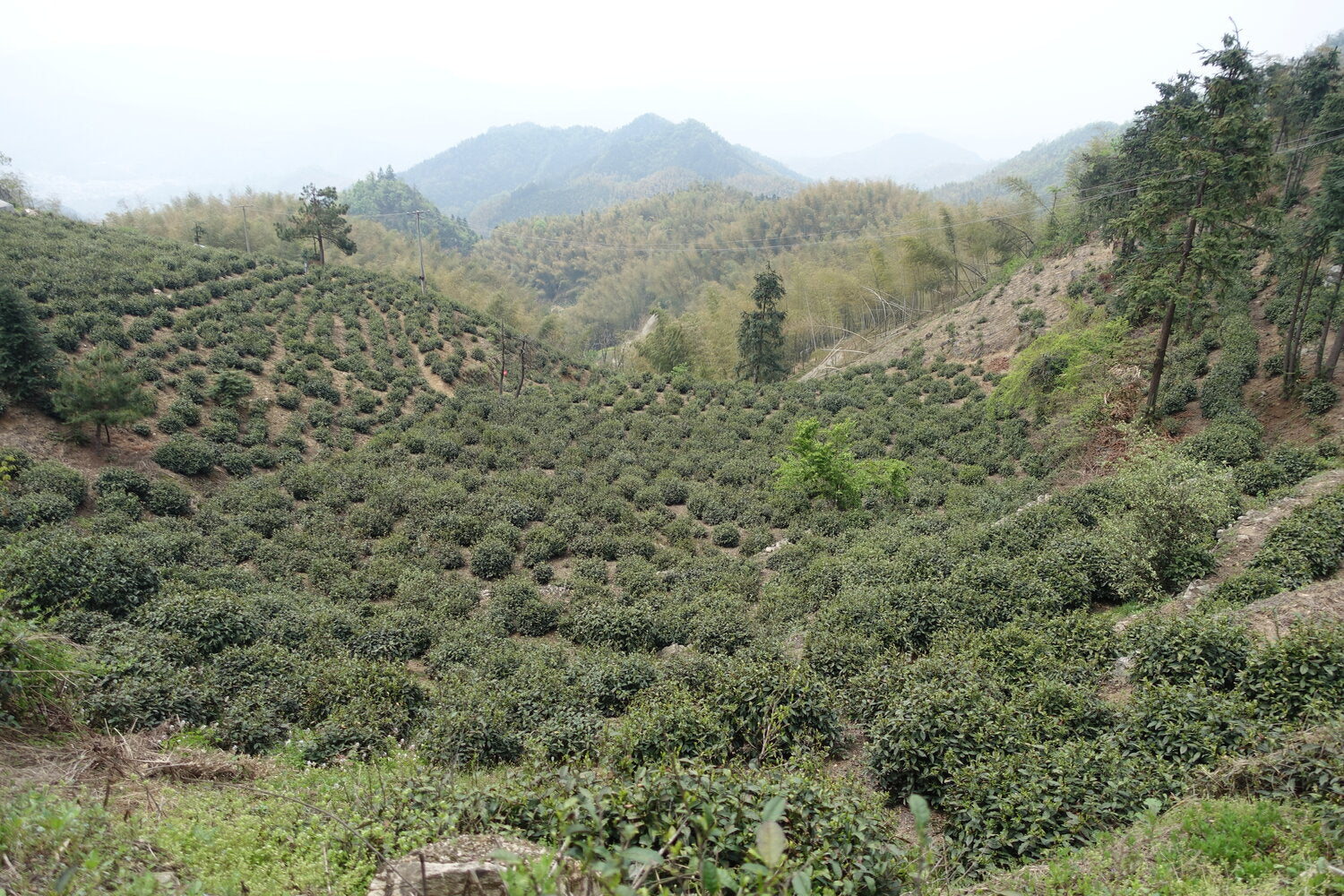The Significance of Yellow Tea
As rare as yellow tea is, it is significant in traditional Chinese tea making. Two to three yellow teas frequently make China's Ten Famous Teas list, which says a lot about the appreciation of yellow tea among the most influential patrons. Because of its rich history and high admiration, yellow tea is one of the best documented and studied Chinese teas.
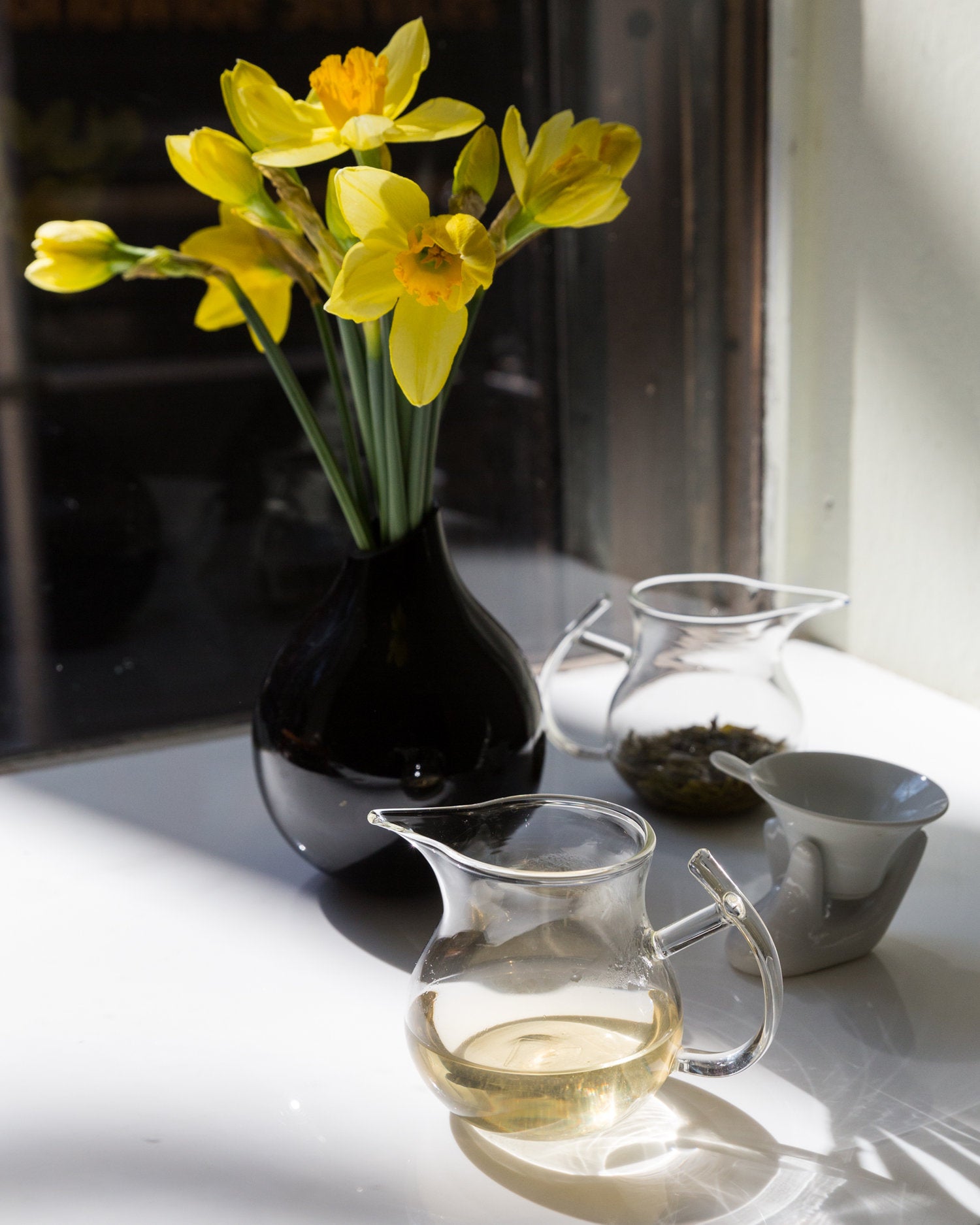
The Sub-Categories
There are three subcategories of yellow tea named after their picking styles:
Huang Ya Cha (yellow bud teas)Huang Xiao Cha (yellow small teas)Huang Da Cha (yellow large teas)
The three most well-known yellow teas are Jun Shan Yin Zhen (bud tea), Meng Ding Huang Ya (bud tea), and Huo Shan Huang Ya (small and large leaf tea).
Why is Yellow Tea So Rare?
The yellow tea-making process is so labor-intensive, time-consuming, and delicate that it takes not only desire but incredible skill to create. It takes multiple days of hands-on work to create this tender category of tea. Yellow tea was not introduced to the western world for many years, making it a unique sight even today on the international market.
How is Yellow Tea Made?
Yellow tea making technique varies by region; however, it all involves an initial "kill green" or wok fry process, very much like green tea, but at a reduced temperature and for a shorter duration. While the loose leaf tea is not dried completely, a "trapping" method encourages the moisture inside the tea to oxidize and ferment the tea to various degrees, hence "yellowing" the leaves. Read more about the making process of Jun Shan Yin Zhen and Huang Ya specifically in the sections below.
What is the Difference Between Green and Yellow Tea?
Green and yellow teas are two completely different categories of tea and go through different processing methods. Yellow takes the processing a step further from green tea, adding a stage where the tea is allowed to ferment a little before being completely dried and the enzymes "killed." Yellow teas tend to finish with a more tender and mellow flavor profile than green tea. Neither category is better than the other; they just allow us to experience tea leaves in various ways.
What is Yellow Tea Good For?
There are no significant benefits of yellow tea that all categories of tea don't have. Compared to green tea, it is warmer, which can be easier on the stomach for some.
Tea Drunk's Yellow Teas
-
Huo Shan Huang Ya 霍山黃芽
Regular price From $14.00 USDRegular priceUnit price per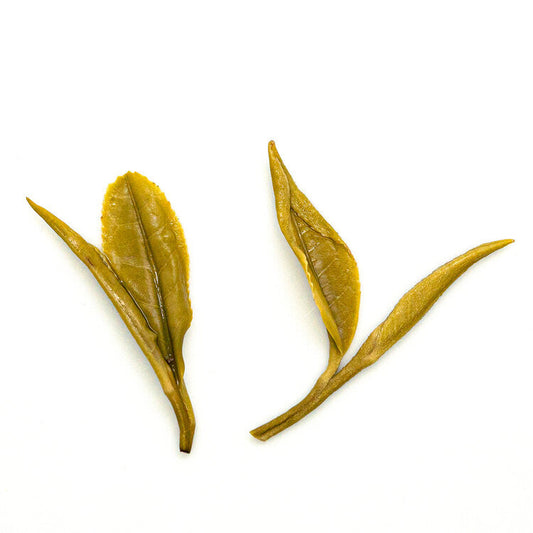
Famous Chinese Yellow Teas
-
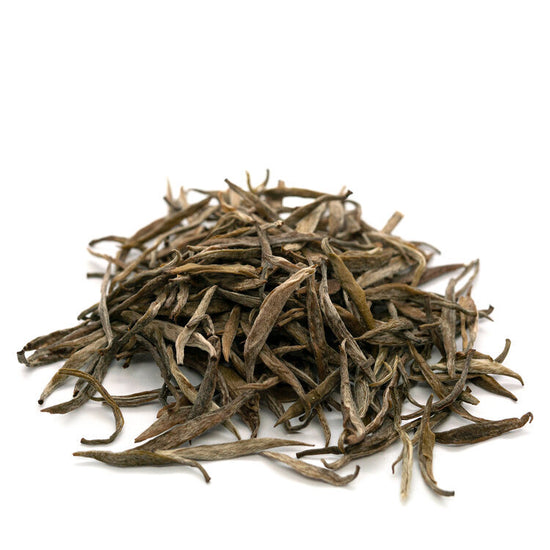
Jun Shan Yin Zhen
Situated 15km off-shore from the historical city of Yue Yang, Jun Shan Island is home to many known folklores of China, which speak to its rich history supposed to date back to mythical times. This tiny island has been associated with tea since the Tang Dynasty, over 1300 years ago. Jun Shan Yin Zhen achieved tribute tea status during the Qing Dynasty (1616-1912) when 9kg of tea was demanded by the royal court every year. A few factors make up the rarity of this tea: the tea's prestigious past; the minimal size (the island is 1 square kilometer); the fact the island is still state-owned; and only one person in the whole world holds the secret to a crucial step in making this tea (he receives special government stipend for his expertise, with over 30 people helping him). Jun Shan Yin Zhen is hands down is THE rarest tea in China today.
A bona fide modern Tribute Tea, the yearly harvest goes straight to government departments and is usually reserved to treat visiting diplomats and dignitaries. With limited market circulation, Jun Shan Yin Zhen's price is stable and very expensive. There are many different varietals harvested on the Jun Shan Island, the original varieties, Yin Zhen #1, Bi Xiang Zao, Tao Yuan Da Ye, Fu Yun, and a green tea varietal. Jun Shan Yin Zhen is a bud-only yellow tea, and only the unopened buds are picked in early spring, usually starting in the first half of March.
-
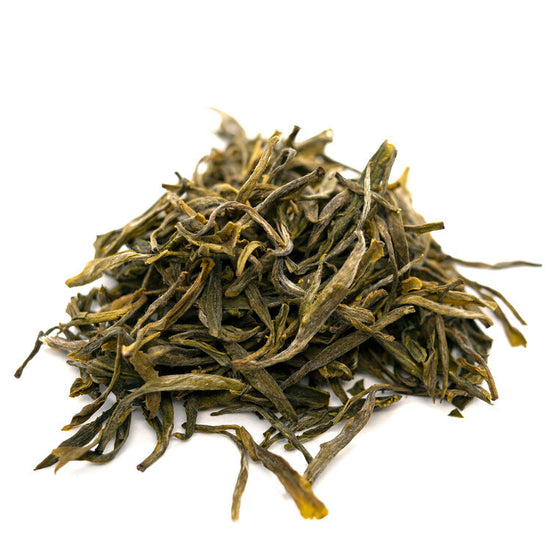
Huo Shan Huang Ya
Lu An is one of the oldest and best-documented tea regions in Chinese history. Not in poetry, but in aspects like trading records, documentation of crafting techniques, descriptions of tea markets, divisions of specific tea lots, and changes in taxation. From these writings, we know how Huang Shan tea evolved since it was green tea as early as Han Dynasty (202BC-220AD), with Huang Ya bringing it to a height as a tribute tea in Ming Dynasty (1368-1644AD). Towards the end of the Qing Dynasty in the late 1800s, Huo Shan Huang Ya records suddenly stopped. Writings about Lu An and Huo Shan tea in the early 1900s have no mention of Huang Ya. We can only assume that Huang Ya production had stopped.
Thanks to the detailed documentation about this tea and the help of tea scientists, local makers recreated Huang Ya yellow tea in the Huo Shan region in 1973. Because there are still predominantly green tea activities in the area, naming their teas and Huang Ya (means yellow bud), there is controversy about restoring this historical tea. Highly sought-after Huang Ya producing mountain tops are Jin Ji Shan, Jin Zhu Ping, Jin Jia Wan, and Wu Mi Jian, with Golden Rooster Mountain or Jin Ji Shan the most prized. In the Da Bie Mountain Range, Huang Ya is usually harvested after April 5th, with higher regions even later. -
Meng Ding Huang Ya
There should be no rival to Meng Ding teas in an era where traditional teas are consistently compared on their tales and historical significance. Meng Ding Shan is the documented place of the first unambiguously written record of tea cultivation (53BC). Meng Ding teas have the most extended history of being a Tribute Tea from the Tang Dynasty (618-907AD) till the last Qing Dynasty (1616-1912). It is one of the most praised teas in poetry. It perfectly pairs with water from the Yang Zi River, a tea dream that even today's connoisseurs romanticize.
However, nowadays, the tea activities in Meng Ding Shan are less than optimal, with some traditional tea-making techniques at risk of being lost. There are three teas well known in Meng Ding Shan – Gan Lu, Shi Hua, Huang Ya, with Gan Lu, a green tea being the most famous. Though the name Meng Ding Huang Ya first appeared in Tang Dynasty, there's much debate about whether it referred to the actual yellow tea we now recognize with the making technique. The general consent refers to just the yellowish hue of the fresh leaves, thus naming the tea trees instead of making tea.

